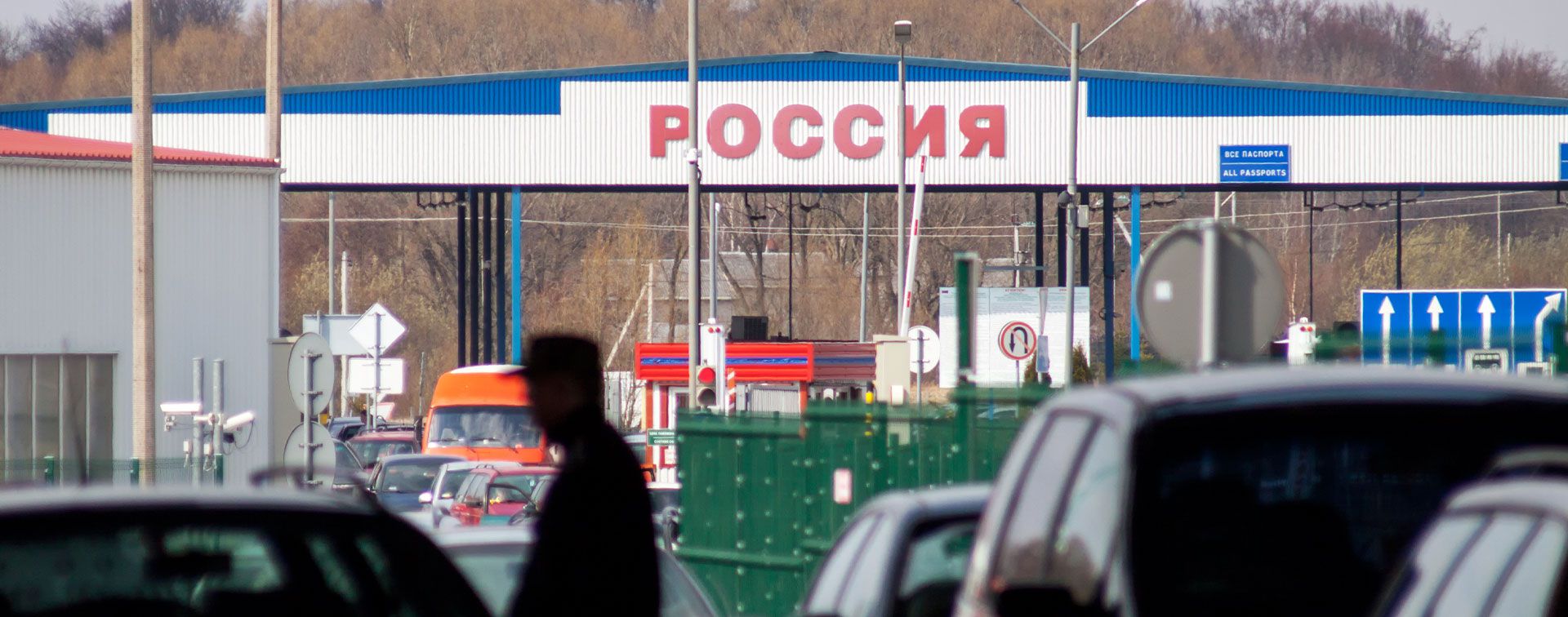
Ryhor Nizhnikau is a Senior Research Fellow at the EU’s Eastern Neighbourhood and Russia program at the Finnish Institute of International Affairs.
Regional mobility continues to face systemic challenges and lack institutional solutions. Deteriorating relations between Russia and the USA are having a knock-on effect on travel, and Russia is also dealing with labor shortages due to the lockdowns of 2020, when many migrant laborers returned to their birth countries. And it remains to be seen whether the Taliban’s takeover will result in a new refugee crisis from Afghanistan.
The high tensions between Russia and the USA will have long-lasting effects on Russian citizens. In August, the US embassy in Moscow indefinitely suspended issuance of non-immigrant visas to Russian citizens. The decision was a result of the escalating deterioration in US–Russian relations and the Russian government’s ban prohibiting the USA from hiring Russian or third-country nationals at its facilities in Russia. As a result, Russians can only apply for visas in US embassies or consulates outside the Russian Federation.

Some 200,000 Russians apply for US visas every year, yet the suspension of consular services makes it almost impossible Russian citizens to do so. Travel connections remain restricted, and the capacity to issue visas is limited as US embassies in neighboring countries are not able to process the inflow of new applicants timeously. Even if consular services resume in Russia, experts agree that it might take years to restore their capacity.
The Russian labor market faces a systemic deficit. According to the Ministry of Internal Affairs, the number of foreign citizens nearly halved in 2020. As one example, the number of Uzbek migrants dropped from 2.6 million to 0.7 million during the pandemic. The labor shortage has hit the agricultural and construction industries particularly hard, both of which have lost hundreds of thousands of workers. However, bureaucratic challenges are impeding the return of migrant laborers.
The Russian government is searching for ways to address the problem, with some suggesting actively involving prison labor. Russian industries are earnestly lobbying new measures to facilitate migrant flows such as streamlining the patent application process. The Russian government actively negotiates with its Central Asian counterparts’ new instruments, including new transit routes and centralized quotas. However, these measures are cosmetic. To reduce the deficit next year, new institutional solutions are required, including easing bureaucratic procedures and increasing the attractiveness of the labor market.
The Afghanistan crisis has raised concerns over a new migration crisis in Europe. So far, the Taliban takeover has not led to a radical increase of the flow of migrants. One of the reasons is that only Tajikistan agreed to host refugees in its territories, while other Central Asian countries and Iran have kept their borders locked. However, the humanitarian crisis in Afghanistan exacerbates the potential risk of the ‘weaponizing’ of migration — namely, using human migration to achieve (geo)political ends — and the potential arrival of new waves of asylum seekers at the EU’s borders.
The EU is considering the possibilities of cooperating with Afghanistan’s neighbors, including those in Central Asia, and boosting their capacities to manage irregular migration. However, this will not necessarily stop third countries from weaponizing irregular migration to put pressure on the EU. The crisis on the EU–Belarus border is a vivid example. Under a coordinated effort by the Belarus regime, thousands of illegal migrants, mostly Iraqi citizens, have arrived at EU borders during this year. After waves of migrants on Lithuania’s and Latvia’s borders, Poland faces a steep rise in irregular migrants. The Belarusian regime will no doubt continue to use migration to pressurize the EU.
Since 20 August, Ukrainian digital vaccination certificates have been accepted in the EU under the same conditions as the EU Digital COVID Certificate, which affords the holder freedom of travel within the EU.
In contrast, Russia’s vaccine Sputnik V, which is registered and used in multiple countries, is unlikely to be recognized by the EU in the near future as the approval of the Russian vaccine by the European Medicines Agency is not in sight. This impedes the mutual recognition of digital certificates of vaccination and subsequently becomes another obstacle for Russians and Belarusians wishing to travel to the EU, and vice versa.